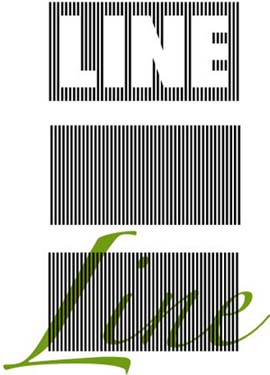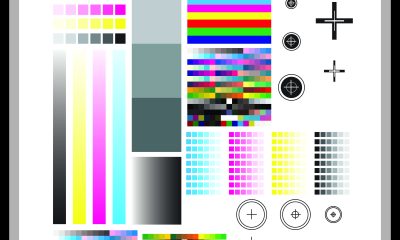Have you ever gone on an ancestry-tracing binge? I did once, and it yielded some interesting results. My family traces its roots back to William Beilby, the 18th century glassworker who set up a family workshop in the Amen Corner by St Nicholas’ Cathedral in Newcastle, England. William started out as a glass decorator and enameller for a local glass maker in 1757. Eventually, the Beilby family, all artists, set up a business with siblings William, Mary, Thomas, and Ralph (an engraver) all working as glass makers and decorators.
Have you ever gone on an ancestry-tracing binge? I did once, and it yielded some interesting results. My family traces its roots back to William Beilby, the 18th century glassworker who set up a family workshop in the Amen Corner by St Nicholas’ Cathedral in Newcastle, England. William started out as a glass decorator and enameller for a local glass maker in 1757. Eventually, the Beilby family, all artists, set up a business with siblings William, Mary, Thomas, and Ralph (an engraver) all working as glass makers and decorators. In 1761, William became the first man in England, and quite possibly in the world, to fire colored enamels into the glass, so that the decoration sintered into and became part of the glass itself. Now pieces of Beilby glass are sold at auctions for thousands of dollars to collectors worldwide.
I spent time at Corning Museum of Glass (www.cmog.org) in Corning, NY, to look at the 35 pieces of Beilby glass (most decorated with a small trademark Beilby butterfly etched into the design) and to do a day’s research at the library dedicated to glass there. It was amazing to see the colorful decorated glass goblets, decanters, and bowls that were made by the Beilbys. Though their glassblowing and decorating workshop was active for a relatively short time historically, even today the remaining glass objects are considered to be unrivaled in quality and skill.
Though much of the skill was kept in the family, the Beilbys eventually took on apprentices. In 1767, a 14-year-old student by the name of Thomas Bewick joined the family business as an apprentice to Ralph Beilby. Bewick studied for seven years under Ralph, a specialist in engraving. Though Ralph taught Bewick what he knew to excel in the engraving business, it wasn’t until he recognized Bewick’s talent for wood engraving that Thomas Bewick’s true skill developed.
By adopting metal-engraving tools and cutting hard boxwood across the grain, Bewick revolutionized wood engraving and restored its popularity. He also revived the practice of white-line printing, a method of printing white lines on a dark background by making impressions from ink rolled onto the surface of an engraved relief instead of from ink held in furrows. If the area of the block forming the background of a scene were lowered, it required less pressure during printing and the background printed gray, creating the effect of space and atmosphere.
Today he is best known for wood-engraved and printed illustrations in A History of British Birds (1797), General History of Quadrupeds (1790), and in Aesop’s Fables (1818), The Poetical World of Robert Burns (1808), and more. Now there’s an annual Bewick Prize funded by the Bewick Society in England, which is awarded at the annual Exhibition of the Society of Wood Engravers. It is awarded to the best wood engraving submitted each year to encourage artists, printers, and wood engravers to enjoy the practice.
Bewick wrote in A Memoir of Thomas Bewick, “I cannot help feeling a deep interest, and an ardent desire, that the art may long flourish, and that those who follow it may feel happy in the pursuit.”
Advertisement
Speaking of passing on the knowledge, I think that as skilled printers, each of you has an obligation to recognize and pass on the talent that you possess, or to support students who show talent. Therefore, let me encourage you all to visit the Tom Frecska Student Print Competition page at www.sgia.org/asdpt or call 703-385-1335. The competition honors excellent student work in the specialty imaging field and is sponsored by The Academy of Screen Printing Technology (ASPDT) in memory of the former editor of Screen Printing magazine, Tom Frecska. The cut-off for submissions this year is on July 31, 2013. Pick up an entry form so that you can have an idea of the various categories that are judged. Awards are announced at the 2013 SGIA Expo, Orlando, FL, October 23-25.
Who knows? You may have another Thomas Bewick in your company, university, or business.


 Case Studies2 months ago
Case Studies2 months ago
 Art, Ad, or Alchemy2 months ago
Art, Ad, or Alchemy2 months ago
 Andy MacDougall2 months ago
Andy MacDougall2 months ago
 Columns3 weeks ago
Columns3 weeks ago
 Editor's Note3 weeks ago
Editor's Note3 weeks ago
 Marshall Atkinson3 weeks ago
Marshall Atkinson3 weeks ago
 Thomas Trimingham2 months ago
Thomas Trimingham2 months ago
 News & Trends2 months ago
News & Trends2 months ago
















